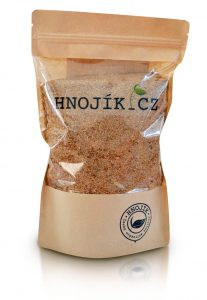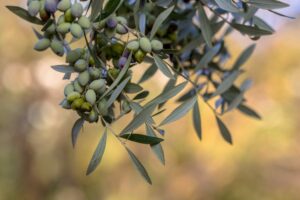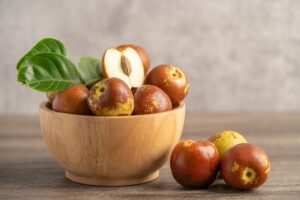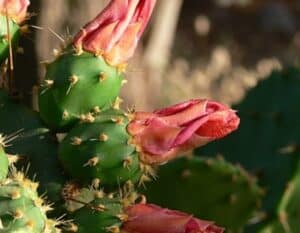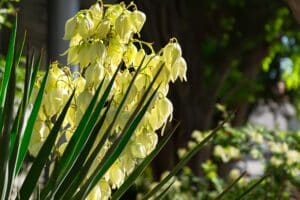Content
1. Fertilizer for herbs
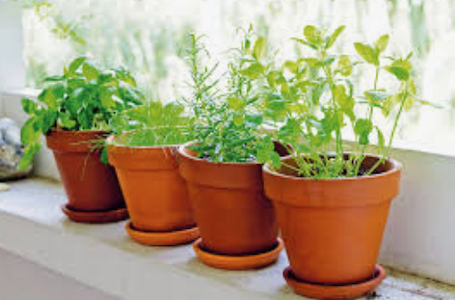
Organic fertilizer is excellent for fertilizing herbs, just keep in mind that herbs belong to the third track. Even those herbs at the top of the list that require higher soil nutrition do not fertilize often. A 1.3L package of FERTILIZER is enough for 200L watering, so one such package will cover several seasons of your cultivation.
You can read more information about growing herbs at https://www.bylinkyprovsechny.cz/
Table briefly showing the need and frequency of herb fertilization.
2. Application of fertilizer to herbs
Apply watering to herbs and houseplants. Either for more plants when you pour 5 ml of fertilizer per 1L of water into a container. Let stand for 30 minutes – 4 hours and apply with watering. Or when fertilizing one plant, put a pinch in a bowl of water and apply in the same way. The lye will reach the roots faster and the fertilizer balls will gradually decompose on the soil and release nutrients in the next about 2 weeks before they decompose.
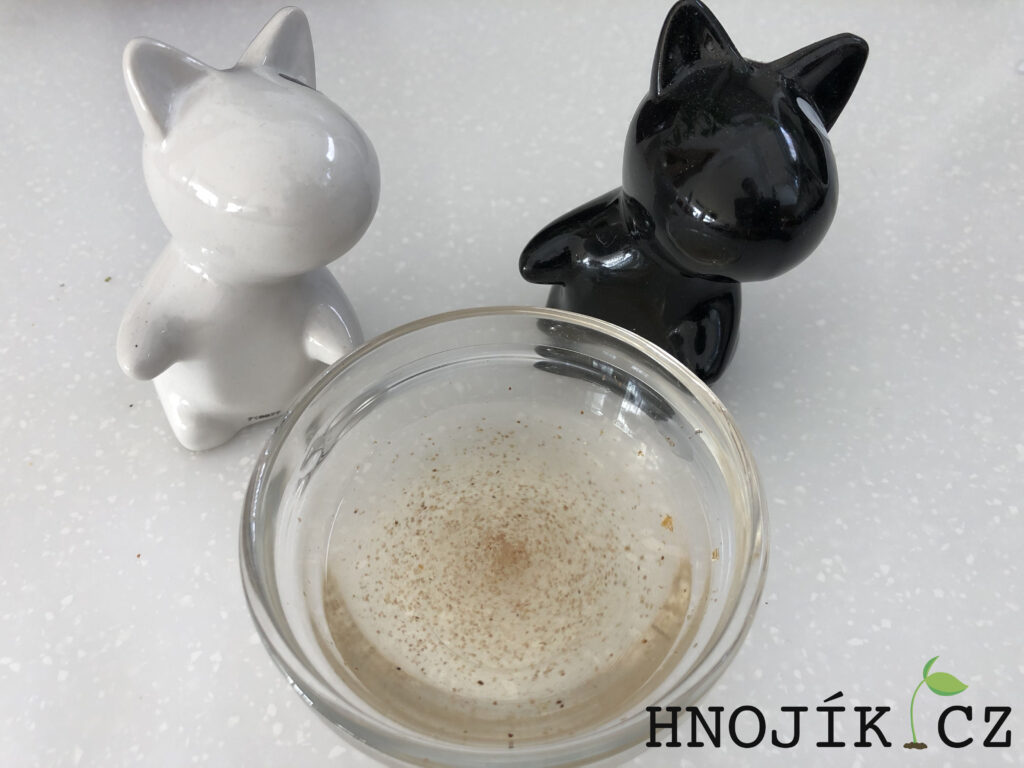
3.Komentáře zákazníků k pěstování bylinek s HNOJÍK.CZ
Jeden z příspěvků na FB skupince
Na skupince si můžete prohlížet příspěvky pěstitelů podle témat, kdy jedno z nich jsou bylinky či bazalka atp.

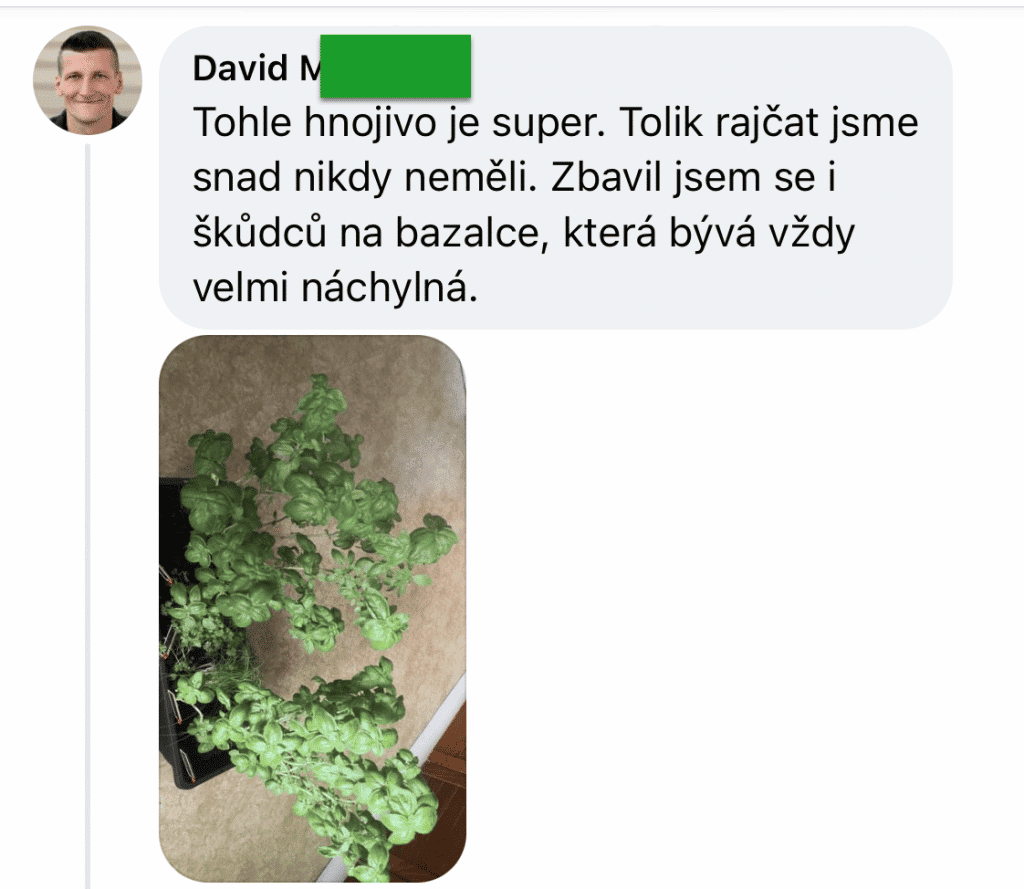
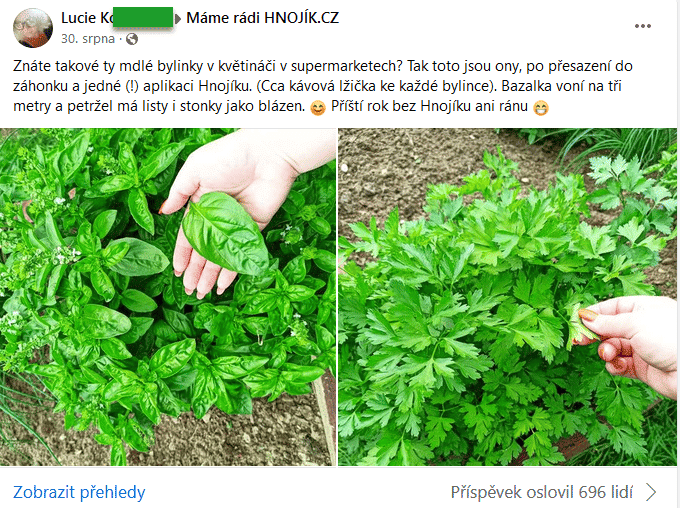
3. Fertilization of herbs
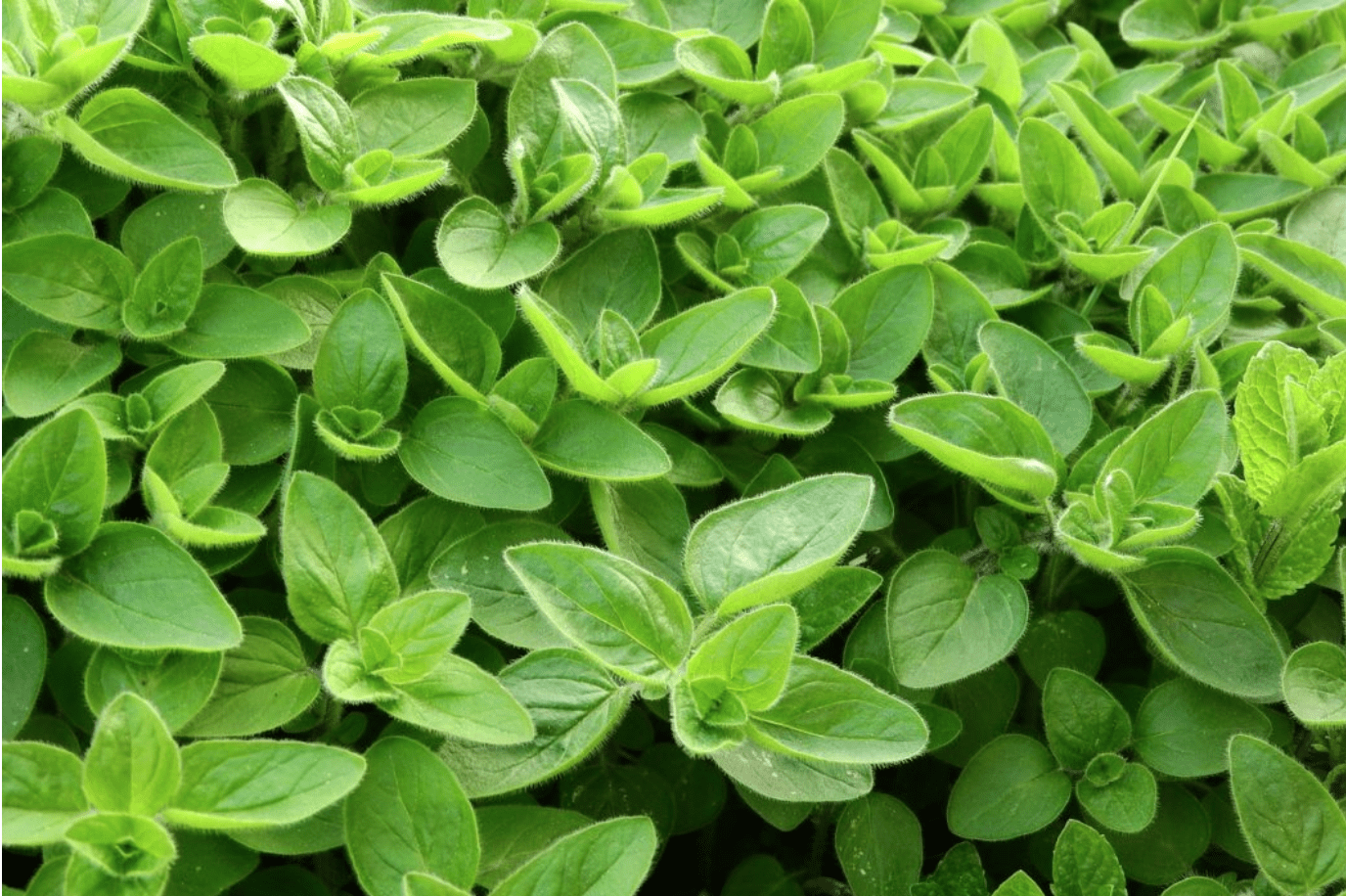
Marjoram
fertilize twice a month
The soil for growing marjoram must be very fertilized, as the plant requires a large amount of nutrients. Watering should be adequate, we do not overflow. Fertilize only with organic fertilizers.
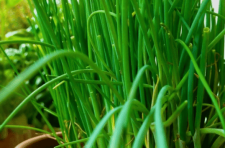
Chive
fertilize twice a month
Fertilization of growing chives outside is suitable in autumn, when we can sprinkle organic fertilizer or compost and mulch around the tufts (thermal protection). During the winter and spring it will intensify and form large tufts with dark green leaves. More frequent fertilization of chives is not necessary.
Indoor chives, on the other hand, need to be fertilized more often, but always with a high-quality organic fertilizer that dissolves best in water (see our insect tea or watering). Nitrogen in organic fertilizer will not bother us when consumed, but if you use mineral fertilizers you can hurt yourself.
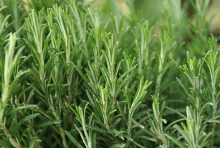
Rosemary
fertilize 1-2 times a month from March to August
Rosemary does not need much watering during the growing season, but it does not like drying out. From March to March, it is advisable to fertilize 1-2 times a month with organic fertilizer diluted in water. Remember to transplant rosemary into a larger pot every year.
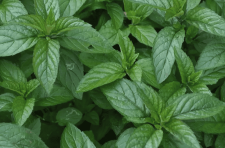
Mint
fertilize 1-2 times a month from March to August
Mint is not a typical herb from the point of view of fertilization. It requires more nutritious soil and richer organic matter than other herbs. Fertilize twice a month with organic fertilizer.
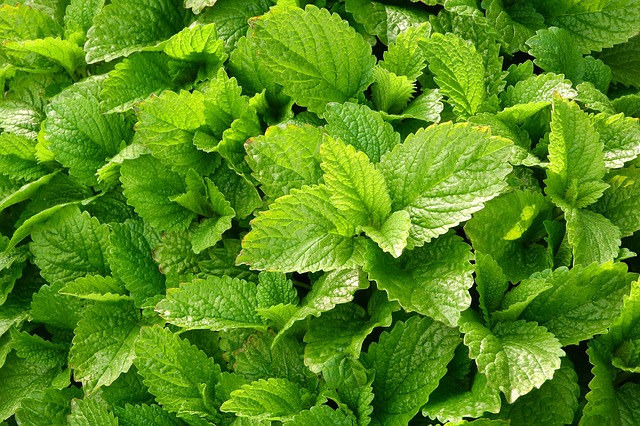
Lemon balm
fertilize twice a month during the growing season
During the growing season, we fertilize lemon balm twice a month. Both nettle broth and organic fertilizer are suitable.
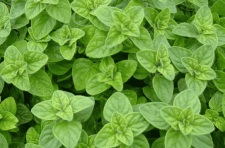
Oregano
fertilize twice a month during the growing season
Fertilize regularly every 14 days during the growing season.
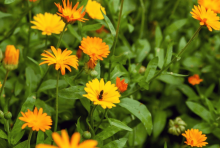
Marigold
manure 1x in 4-6 weeks
Fertilize every four to six weeks with a balanced fertilizer throughout the growing season until the winter months.
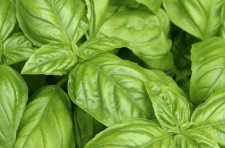
Basil
fertilize once a month
We do not overdo it with fertilizing basil, otherwise it will lose its strong aroma. Although it needs basic nutrition, it is not strong. Fertilization is enough about once a month, and basically only with organic fertilizers.
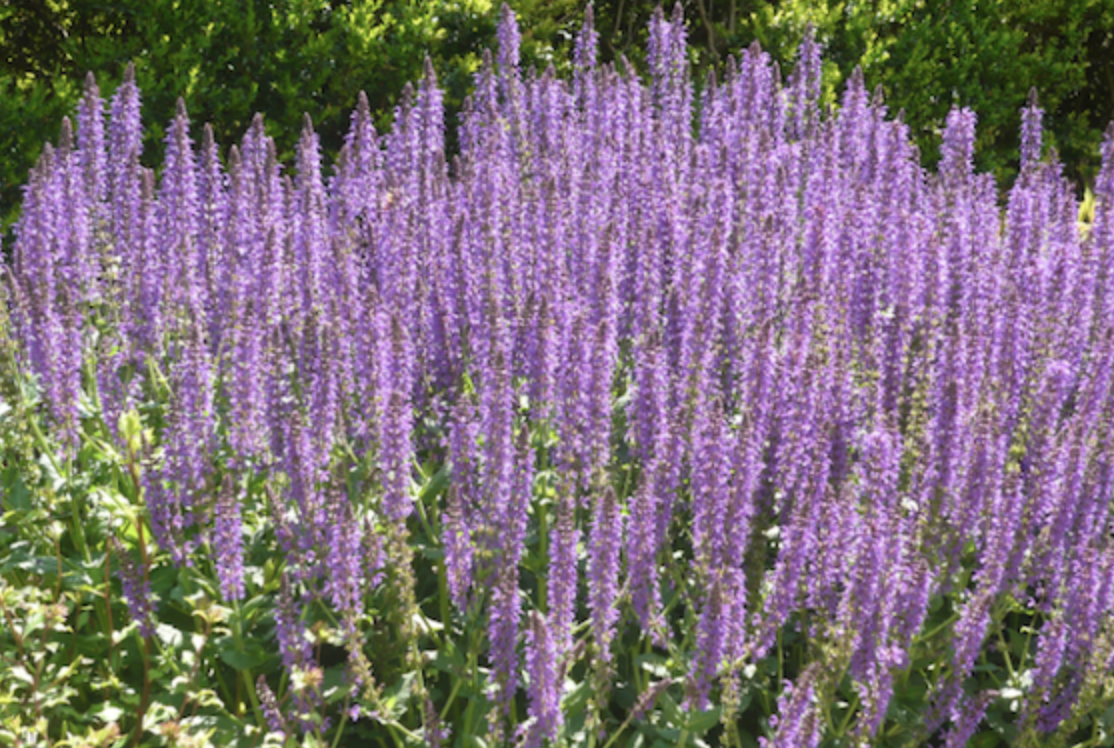
Sage
not necessary, but 1x / month advantage
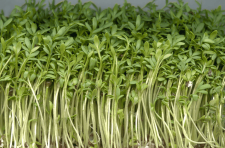
Cress
it is not necessary, spend once a month if you notice a lack of nutrients
Although the plant does not have high nutrient requirements, cultivated watercress may show signs of a deficiency of potassium, iron or phosphorus. Complete soluble fertilizer applied to the recommended extent should alleviate any of these problems.
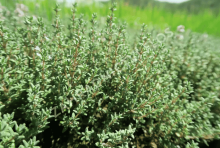
Thyme
fertilize max 1x per year
Thyme is not a plant that is hungry after fertilization. Thyme does not tolerate direct fertilization even with organic fertilizer. It is beneficial to fertilize it once a year and avoid fertilizers too rich in nitrogen so that growth is not at the expense of the content of aromatic substances. Lightly fertilize with our manure.
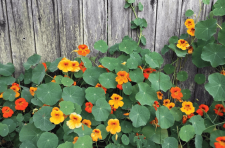
Lichořeřišnice
She doesn't like fertilizing. Only seedlings will appreciate organic fertilization.
You can treat Lichořeřišnice seedlings with organic fertilizer, but the herb itself in the vegetation does not like fertilizer.
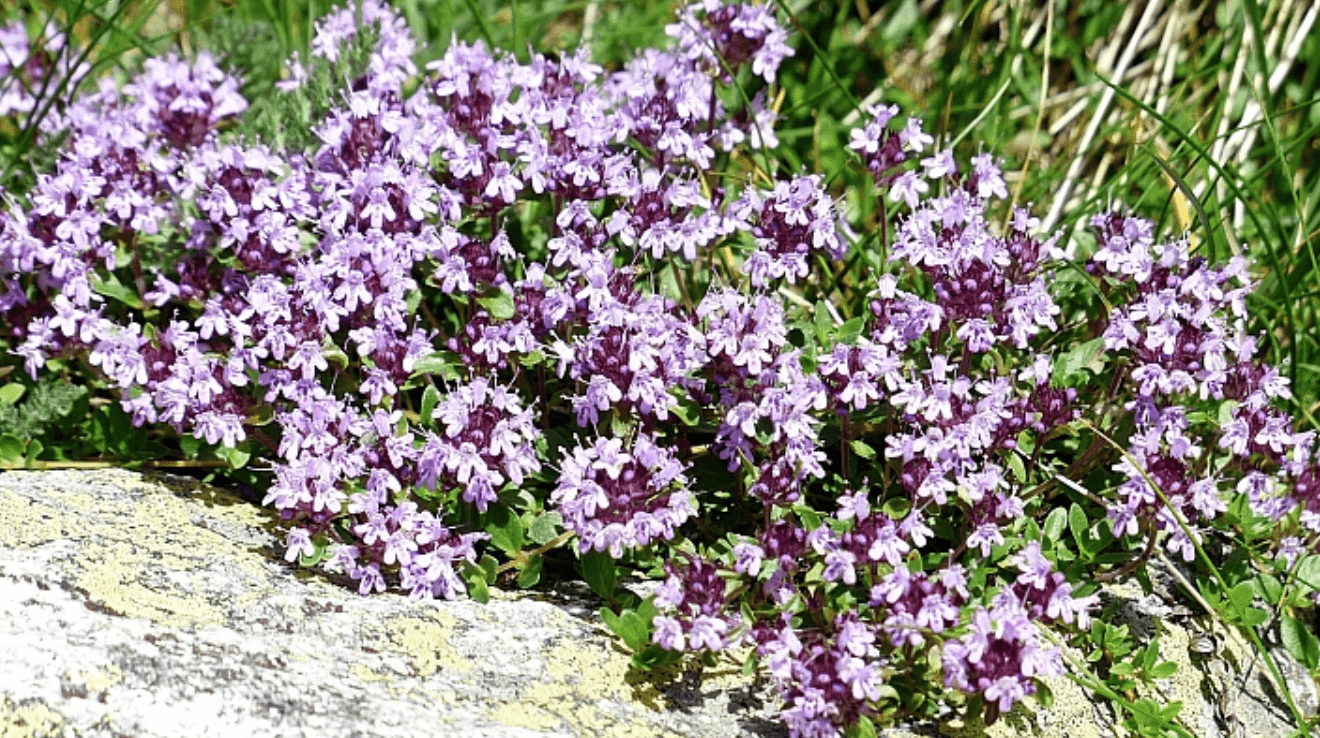
Thyme
fertilization is not required
5. Bylinky které se dají pěstovat dohromady
Je možné pěstovat mnoho druhů bylinek společně, a to buď v jedné nádobě nebo v jednom záhonu. Následující seznam obsahuje několik příkladů bylinek, které se dobře kombinují:
-
Rozmarýn, tymián a šalvěj – Tyto bylinky mají podobné nároky na půdu a vlhkost a vytvářejí společně pěknou aromatickou zahradu.
-
Mátové bylinky – Máta, citronová máta a oregano jsou příkladem bylinek, které mají rády vlhké půdy a rostou společně dobře.
-
Petržel a koriandr – Tyto bylinky jsou často používány v kuchyni a dobře se kombinují v jedné nádobě. Mají podobné nároky na půdu a vlhkost.
-
Bazalka a rajčata – Bazalka a rajčata se často používají společně v italské kuchyni. Vysazujte je společně v jednom záhonu nebo v nádobě.
-
Chilli papričky a koriandr – Tyto bylinky se často používají v asijské kuchyni a vytvářejí společně pěknou zahradu.
Je však důležité si uvědomit, že bylinky mají různé nároky na slunce, půdu a vlhkost, takže při kombinování bylinek je třeba zvážit, zda jsou pro sebe vhodné.



